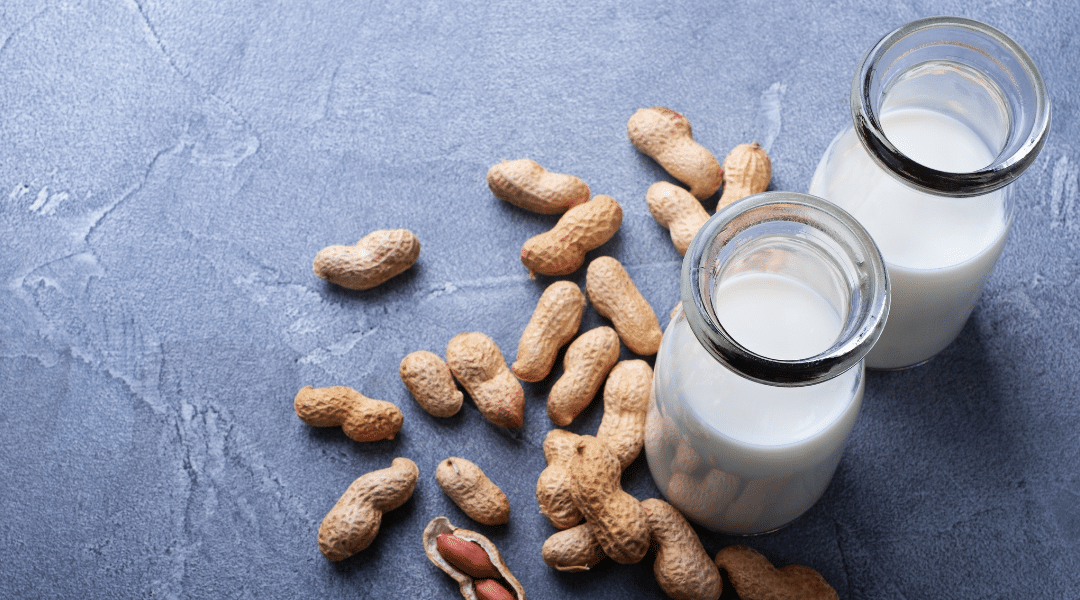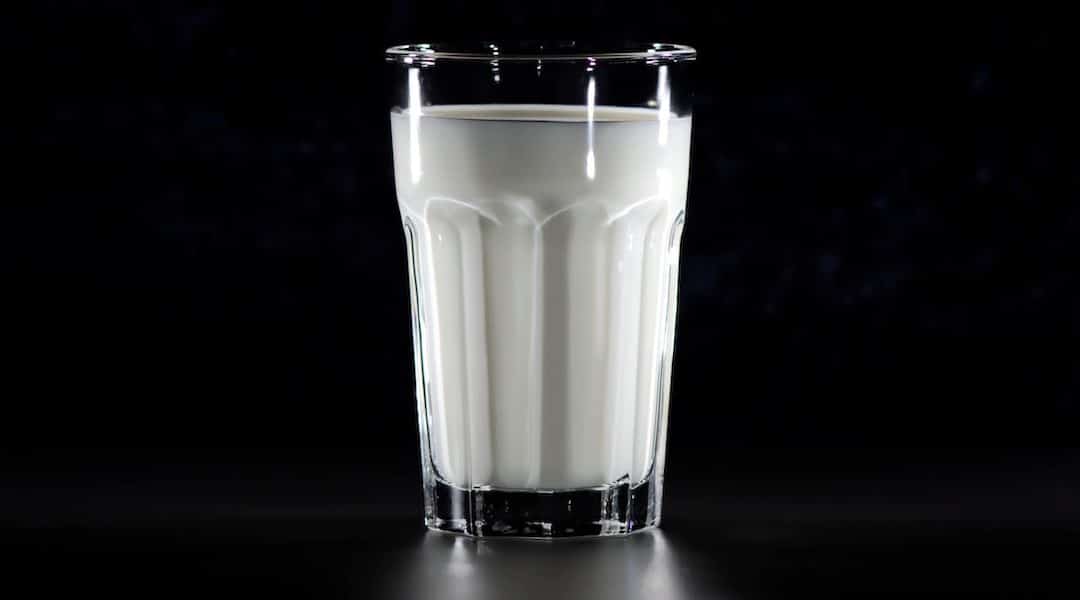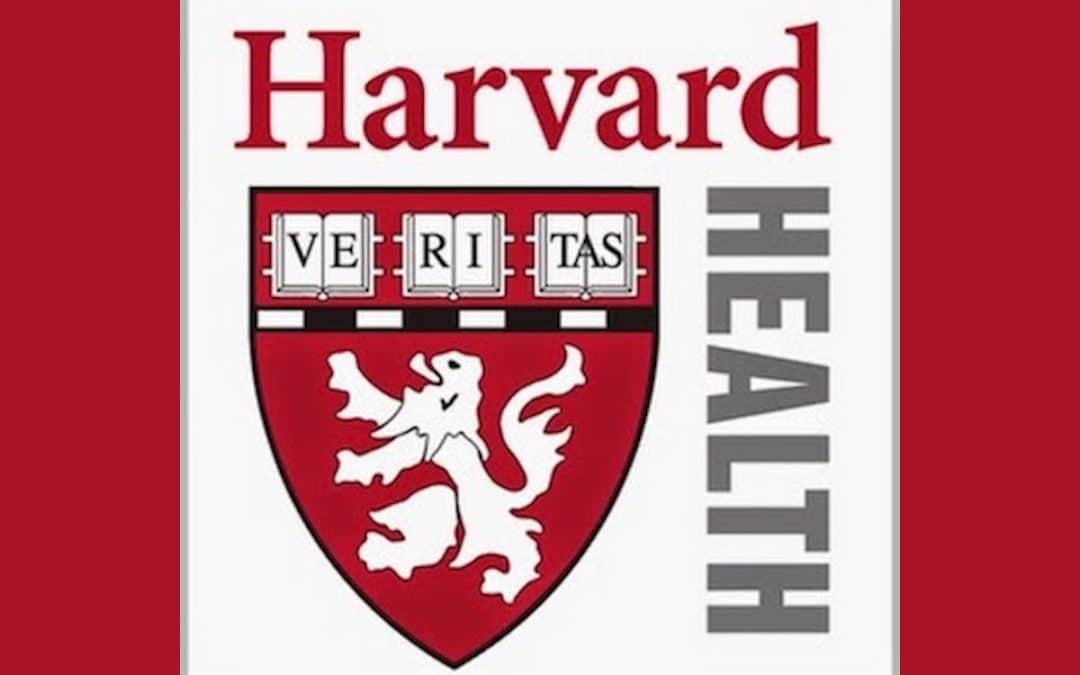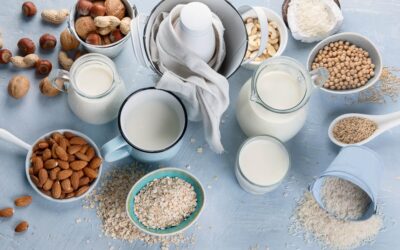What does healthy eating look like? If you just avoid dairy, have you set yourself up for a straight path to health? Yes and no. We live in a wonderful and simultaneously confusing time where consumers do not want for lack of dairy-free options. Virtually any craving for dairy can be satisfied with ice-cold plant milk, decadent dairy-free ice cream, or luxuriously stretchy, melty plant-based cheese. But are these products healthy by default of being dairy-free? Not necessarily. Removing dairy from your diet is a tremendous step in the right direction, and for a time, it was a natural progression toward optimum health. For better or for worse, this world of unlimited access and abundance has dug a different path that could derail anyone’s best intentions of going dairy-free. This is the first of a three-part series that demystifies the trends and sets clear parameters of what a healthy, dairy-free diet looks like. First up—why dairy-free, why does it work, and is it enough to maintain optimum health? Find out below.
Dairy-Free and Plant-Based
It’s necessary to emphasize that a truly healthy dairy-free diet is also a plant-based diet. As mentioned in the studies below, the plant-based component is key, because it eliminates other animal foods that are also high in saturated and trans fats. Replacing dairy with meat or eggs doesn’t remove the offending fats and therefore does not help to decrease the risk of disease.
What is plant-based, exactly? A plant-based diet does not include any animal products, ever. A plant-based diet is devoid of dairy, meat (including fish), eggs, gelatin, and often honey. A whole food, plant-based (WFPB) diet is a version of a plant-based diet that does not contain any processed products, even if they are free of animal ingredients. Rich in legumes, grains, nuts and seeds, vegetables, and fruit, the WFPB diet mostly consists of unprocessed foods—meaning products such as vegan ice cream, baked goods, plant-based meat, and fried food are consumed not at all or at a minimum. Note: a WFPB diet is not necessarily a raw diet. While those who follow a raw diet do eat whole foods, they also do not cook any food above 118 degrees Fahrenheit. A WFPB diet does not include this restriction at all.
By eliminating processed foods and focusing on whole foods, the WFPB diet is low in harmful fats but contains an abundance of nutrients and antioxidants to keep the body working at its best. Antioxidants work to decrease inflammation in the body, and therefore can lower the risk of cardiovascular disease and other health conditions that result from chronic inflammation. Given that a whole food, plant-based diet is 64-times more antioxidant rich than a meat and dairy-based diet, it’s no surprise that significant health benefits can be achieved when one commits to a WFPB diet. Over time, this way of eating is the most effective way to both maintain and improve one’s health.
Why Dairy-Free Works
Ditching dairy can produce significant and lasting health benefits—there’s no argument there. The difference between a dairy-free diet and one that includes dairy is extreme due to the plethora of health issues that are associated with dairy-based foods. First off, there’s the fat content. Unlike whole, unprocessed plant foods, the fat found in dairy is mostly derived from saturated and trans fats. These are harmful fats that lead to a number of ailments that extend far beyond weight gain. Excess saturated and trans fats promote inflammation, inhibit proper blood flow, and set the stage for cardiovascular disease. One study published in the Journal of American Heart Association in 2021 found that dairy-free, plant-based diets were associated with a 17 percent risk reduction in total cardiovascular disease in a clinical trial with postmenopausal women. Another 2021 study from the same publication found that long-term consumption of a dairy-free, plant-based diet also reduced the risk of overall cardiovascular disease based on a cohort study of young adult participants that were followed into middle age.
Beyond the trans and saturated fats, dairy also contains several components that promote inflammation. All dairy products contain Neu5gc—a sialic acid foreign to the human body. When something unfamiliar enters the body, an immune response occurs which triggers inflammation. D-galactose—a sugar found in dairy—can also provoke oxidative stress and inflammation. Both Neu5gc and d-galactose are only found in animal foods, so when you ditch dairy, you’re ridding your body of these inflammation-inducing factors. In that regard, plant-based foods—even processed options—have a leg up on dairy-based products in that they’re free of these compounds.
Dairy also has been linked to other health issues including acne and eczema, diabetes, and cancer. To learn more about dairy and its human health implications, visit our Why Ditch Dairy page.
Curious about other diets such as keto, vegetarian, flexitarian, or gluten-free? Check out this article that defines each style of eating and its risks and benefits.
This is part one of our series on healthy eating. Part two will dive into transition foods. Are products such as dairy-free cream cheese, yogurt, or coffee drinks healthy by nature of being dairy-free? How much is too much? Find out in the upcoming section of Is Dairy-Free Healthy?.








